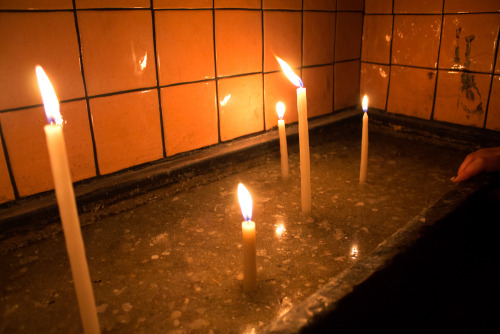
© Helio León, ‘Into the Purple Room’
Tell us about your approach to photography. How would you describe your personal research in general?
Helio León (HL): I photograph what I experience, what is close to me, which is a way of questioning reality and myself. I look for people, spaces and situations that trigger something personal to me, close to my fantasies and my nightmares, to the subconscious. I believe in the power of photography to reflect something deeper and unexplainable that comes from there and can’t be seen at first sight.
Then there’s the process of editing and working with the pictures, when rhythm and fiction appear, the possibility to make fantasy take form and express what I feel about the world, my inner violence, what I love. What I want to say can’t be said with words.
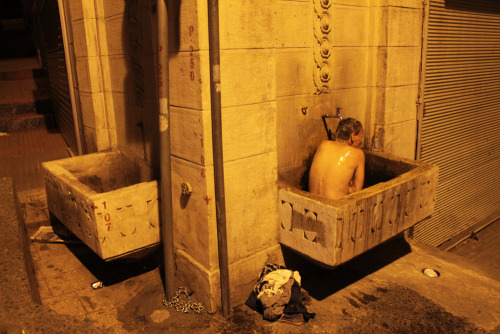
© Helio León, ‘Into the Purple Room’
How did your research evolve in time? Starting from your first shots to your work now?
HL: I got dragged into photography as a way to document my life, this was when I was a teenager. I wanted to experience as much as possible and had the need to document it. Photography seemed the perfect medium for this. The idea of capturing things as I was seeing them became an obsession, not quite healthy, I didn’t understood yet the way to find a balance between capturing and living at the same time.
Now is quite different, more conscious: I dig, I look for my reality, I get involve with what I photograph. There’s a moment when I start and a moment when I finish. It can last for days, hours, seconds. My drive and reasons are only slightly different, the main ones where always present, but I think with time I’m getting closer to them.
There’s a clear moment when things changed radically for me, when the innocence was finally lost. It was after things got messed up with sexuality, identity, drugs and death. That opened the doors in my mind and made me get closer to what I had always wanted to photograph, to what I need to say. Now I’m more and more obsessed with the idea of the kid, that what we were, what we experienced in childhood can always be seen in the pictures, in any work we are doing, in our behavior. This is the most important thing for me now, what I’m researching at the moment in relation with my troubled feelings regarding home and family.
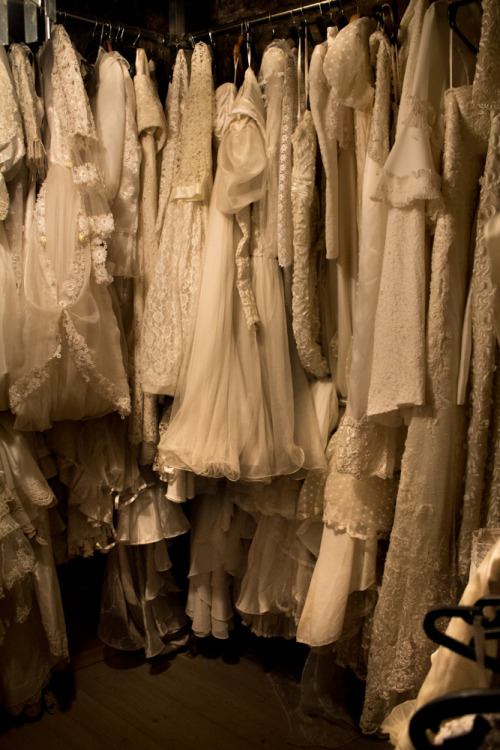
© Helio León, ‘Into the Purple Room’
Tell us about your latest project ‘Into the Purple Room’.
HL: It is centered mainly in Istanbul -but not only- and the emotions this city triggers in me, the spaces and people that mean something to me there, the haunted neighborhoods, the wounds of the city and my own. I’ve been long periods of time in Istanbul in two very different moments of my life. Both times I felt haunted by it, a strong melancholia and excitement, a big need to experience, to get in. There’s something there that feels so magical and familiar to me, that makes physical what is in my guts, as if I had been there before. I think there’s some relation with this and the historical violence in the city, as well as its bright, very rich, cultural past. Both things are still very alive. There is also my lust as and my conflicts with home and intimacy as subjects, my own violence, a feeling of horror.
One of the main characters in the series is Eflatun and her room. She was like a mirror to me in many ways, too many connections. The other one is Sevda Yilmaz, a transvestite who is also a writer and activist. She used to talk to me about the secret past of the city. It was as if she was part of my family.
© Helio León, Into the Purple Room
What do you think about photography in the era of digital and social networking?
HL: It’s nice to be able to access so much work and information through the net as well as having the possibility to connect with other artists so easily, I just can’t deny that. Sometimes I find amazing things and very inspiring works that I probably wouldn’t have find otherwise, as I really like to research online, the same way I get lost in a physical library. But it can be frustrating also in some ways. The experience of looking at a photograph in a computer screen has no comparison with looking at the images printed.
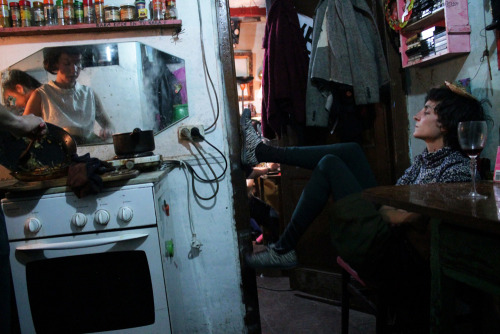
© Helio León, Into the Purple Room
We can feed endlessly our lust of images thanks to internet -and thankfully not everything is there-, as well as we can create and look to a lot more images a lot faster thanks to technology now and I think this will probably make evolve our understanding and capability to look at images and create them. I can feel this already, I’ve accumulated thousands and thousands of images, my own images, in my archive. A few weeks ago I was visiting a photographer a few generations older than me in Istanbul, Elio Montanari, he still only shoots in analog (that according to him should be called chemical photography). He showed me his archive, with all the physical files full of negatives, like a library, and we calculated there were about 100.000 photographs there taken in the course of a few decades. He confessed to me that he would had like to start younger and to have accumulated the double of pictures at list. I was thinking about it. I have probably taken that amount of pictures already, all of them are in hard-drives that can be stored in the space of less than a small drawer. It’s getting more and more natural for me to go through thousands of images when I’m in the process of editing while in the past I really felt overwhelmed by it.
Even though I love “chemical” photography, digital is my medium now, and I embrace it, is part of me and it has made my work evolve.
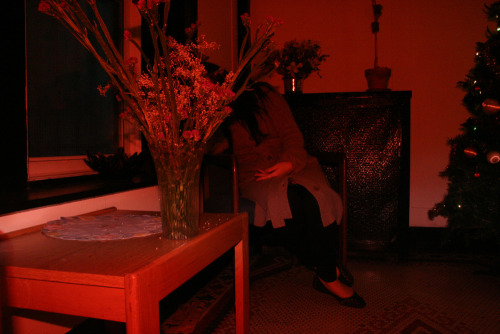
© Helio León, Into the Purple Room
Internet seems like a monster that devours everything. So there’s the positive side and the other side that is not that nice and is a direct consequence. Many jobs have almost disappear because of it, many magazines have died… which is sad, but there’ll always be ways to make it happen I’m sure.
Is there any contemporary artist or photographer, even if young and emerging, who influenced you in some way?
HL: Momo Okabe’s work has made me understand mine better. I feel very connected too with the work by Hideka Tonomura. There are many others, like Masahima Fukase or Michael Ackerman, and of course, Nan Goldin.
The poems and fiction by Roberto Bolaño have been a great influence to me. Also the work by Caravaggio and his approach, as well as Egon Schiele.
I admire the work by Janet Cardiff, ‘The Walk Book’ is amazing. And many many films, they were my first photographic influence. I’m quite obsessed with cinema.
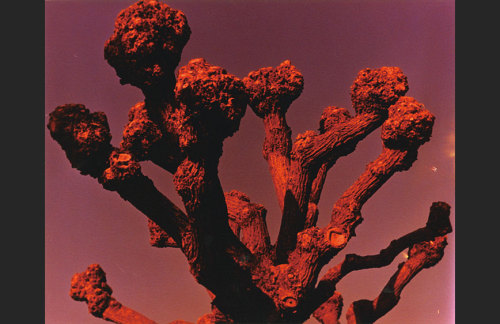
© Momo Obake, Bible
Three books of photography that you recommend?
HL: - ‘Ray’s a laugh’, by Richard Billingham
- ‘Bible’ by Momo Okabe
- ‘Heaven’ by Paul Kooiker
All very strong, inspiring, and heartbreaking books.
Is there any show you’ve seen recently that you find inspiring?
HL: ‘Foreign Bodies’ curated by Pawel Szypulski last Krakow Photomonth made a big impression to me. Very academic, while at the same time expressing a lot of rage against the history of colonialist patriarchal society through photography. Very well articulated, subtle, strong, engaging and emotional. I loved it.
Projects that you are working on now and plans for the future?
HL: I’m working on a project about my girlfriend, investigating her past and mine and our emotions regarding home and family. Photographing our daily life and also her family archive. I’ve been working on this for two years already and now is finally starting to take shape. There are other ideas and sketches boiling at the moment in my head.
This year I also started the photographic/drone performance project ‘Sea of Okhotsk’, with three drone musicians. It’s like a ritual and it involves the projection and distortion of photographs, chanting, screaming, spoken word and drone music. It’s very cathartic. The 19th of November we’ll perform in Dublin Live Art Festival in an old church in DIT Grangegorman. I can’t wait to perform and project my pictures there.
This is a video of our last performance during Cork Photo:
© Helio León, Sea of Okhotsk - In Exile
I also want to investigate more exhibition possibilities. At some point I would like to do a big show, with photographs, projections, videos and sound, in different rooms with very low light, like an installation labyrinth. It’s something that it’s been there in my mind since a while now.
How do you see the future of photography in general evolve? And where do you place yourself in this future?
HL: Photography is just a baby, there are many things to come, hopefully more wilderness in the approach, more capability to communicate, to move people, to get more personal and dig in reality. Just think in artists like Giotto, his work was amazing, but there was still so much to explore and to say with painting those days. The same with photography. There are many Renaissances still to come, if the world doesn’t end before.
---
LINKS
Helio León
Spain
share this page